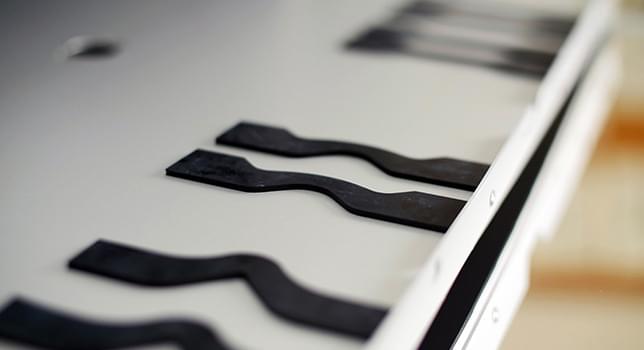
Jeff
Marek
Supervisor and Test Engineer - Physical Testing, Materials Science and Engineering
United States
Contact Jeff
The three main factors affecting the durability of products exposed to the outdoor environment include solar radiation, temperature and moisture. Obviously, harsher weather environments including intense sunlight, heat, humidity or large swings in temperatures can provide a more difficult test for products to meet customer durability expectations. Many industry weathering specifications include additional requirements to meet the needs of these harsh environment states / countries.
The easy way to look at the effects of weathering by industry is simply to look at products that are exposed to external environments. The most common industries include:
As with any type of testing, laboratory testing will provide more repeatability and reproducibility of testing results. In addition, by accelerating the testing in a laboratory, product manufacturers can gather performance data much quicker allowing them to make design decisions and launch their new products more efficiently.
In many cases, outdoor / natural weathering is also desired in order to get a balanced look at performance data and to correlate to the laboratory testing. Some testing standards also require outdoor / natural weathering in addition to laboratory weathering.
Plastic materials introduced into global markets that they were not designed or tested for can potentially result in product failures. Sometimes a product will have a unique sensitivity to the local environment that was not predicted and tested for.
Natural sunlight is made up of three primary wavelength ranges: Ultraviolet, Visible and Infrared. The shorter the wavelength range, the more intense the photon energy; thus more effect on the material that it is in contact with. That being said, UV (the most powerful range of radiation) makes up less than 7% of total radiation.
A Xenon Arc lamp, when filtered properly, most closely simulates both UV and visible wavelength ranges making it an excellent option for testing exposure to natural solar radiation. In order to more closely simulate natural exposure, a few more considerations must be reviewed:
Orientation of the product or sample in service. Horizontal exposures can have a different effect than vertical exposures.
The geography where the product will be used (latitude, proximity to the ocean / water, altitude, etc.)
Typical operating temperatures.
On Rubber / Polymer products, there are a variety of effects that can occur due to weathering. Several of the most common include:
After weathering, it is critical to understand how the material has changed in appearance and performance. There are a wide variety of post weathering tests that can be conducted to best determine how a given polymeric material will react. Some of the most common tests are: